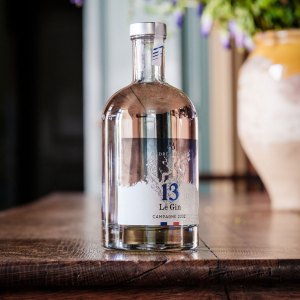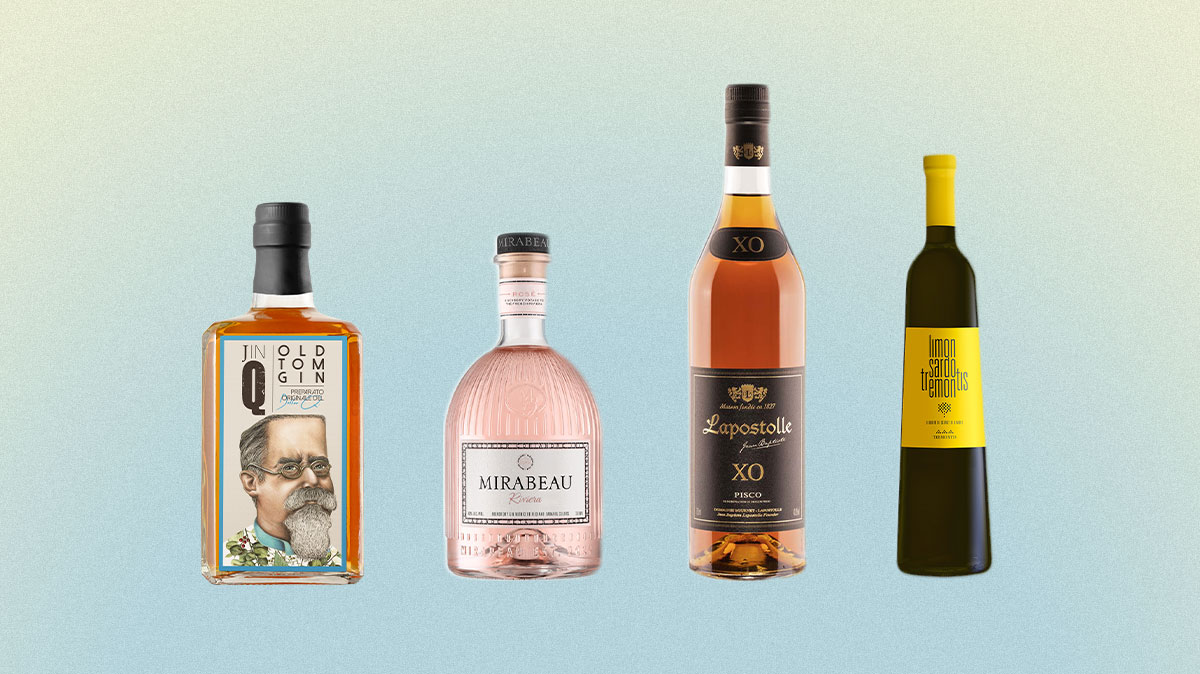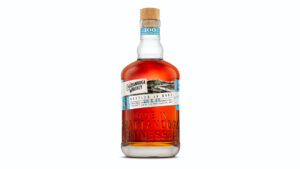New wine drops from established winemakers are practically a dime a dozen, but as people who enjoy the occasional cocktail, we are excited to hear about a few winemakers whose side hustle is distilling artisanal spirits showcasing the best of their terroir. seems to be a hotspot of innovation, as evidenced by Châteauneuf-du-Pape maestro Fabrice Brunel and his Le Gin 13, which uses 13 botanicals that are an ode to the region or Maison Mirabeau in , which added a rosé gin to its lineup of pink wine. Farther afield, Argiolas, the benchmark winery of Sardinia, makes a local version of limoncello using the island’s signature citrus fruit as well as a local digestive liqueur from the berries of the Myrtle plant, known there as Mirto. All the action is not happening in Europe; back home in Napa, Chris Carpenter is distilling Kentucky straight bourbon and aging it in previously used Mt. Brave Cabernet Sauvignon barrels.
The south of France is a hub of synergy between wine and Gin production; in addition to Brunel and Mirabeau’s projects, Maxime Chapoutier, the son of Michel Chapoutier, is also producing gin using botanicals sourced in the Valley. Brunel’s entry, Andre Brunel Le Gin 13, is a vintage bottling—the current release being 2022—made in a limited edition of 2,000 bottles, although Brunel hopes to make 5,000 for his next bottling from the 2024 vintage. The neutral base spirit is derived exclusively from grape stems and skins from the 2022 harvest, and he used 13 botanicals in homage to the 13 grape varieties permitted in Châteauneuf-du-Pape. Brunel explains that the use of stems and skins is a “direct link” to his wine production and that it also gives a roundness to the gin that would be absent had he used corn, grain, or potatoes.
“The first objective was to make a high end but classic gin,” Brunel says, which is why the top botanical note is juniper. He jokes, “We didn’t want to make an exotic gin made from mango, cheese, or whatever,” and points out that he used botanicals that mimic the signature notes of his grape varieties, such as “orange peel for Grenache and pepper for Syrah,” as well as local herbs such as thyme, rosemary, and lavender. Maison Mirabeau also uses a grape-based spirit made from skins for its Riviera Rosé Gin, a natural extension of its range of Provençal rosés. “The grape-based spirit adds roundness and subtle fruitiness to the palate,” co-owner Stephen Cronk tells Robb Report. Provence is the home of the world’s perfume industry, centered around the picturesque town of Grasse, and that Riviera Rosé Gin’s 12 botanicals, including orris and angelica root, Citron de Menton lemon peel and zest, rose petals, and lavender are a nod to the local industry.

A Châteauneuf-du-Pape maestro’s gin
In Italy, fifth-generation winemaker Alessandro Medici of Medici Ermete crafts a gin called Jin Q. Made in the Old Tom style with the addition of a small amount of sugar that was popular before the advent of London Dry, Jin Q features native botanicals from the Apennine Mountain range such as juniper, lavender, chamomile, and fennel. Much farther south, the Marnier-Lapostolle family has come full circle; they have been making Grand Marnier since 1827, and in 1994 Alexandra Marnier-Lapostolle and her husband Cyril de Bournet founded Chilean winery Lapostolle. Known for its flagship Clos Apalta wine, Lapostolle is now producing Pisco, the famed South American spirit, under the direction of the founders’ son Charles de Bournet and winemaker Andrea León. Rather than using the traditional Pais, the grape first brought by Spanish colonizers, Lapostolle makes its XO Pisco with Muscat from Limari and Elqui valleys that is distilled in a still from Cognac and aged for six years in French oak barrels.
After nearly three decades of winemaking in Napa Valley, is entering the spirits arena this fall with Mt. Brave Whiskey, a Kentucky straight Bourbon finished in French oak barrels that once held Mt. Brave Cabernet Sauvignon. A Bourbon enthusiast, Carpenter has always wanted to make his own, and with the support of proprietor Chris Jackson he has been able to develop a project that shares the sensibility of his wines. He explains that the barrels bring the subtlety of French oak flavor profiles and a roundness to the finish on the palate. Carpenter tells Robb Report, “They also contribute a bit of color to the bourbon, as the wine soaked into the wood is drawn out and integrated into the hue of the finished whiskey.”
While we are not sure how any of these folks has an extra hour of time to work on these exciting side projects, we know we need to find a few extra hours of our own to enjoy the output of their hard work.
Authors
-
Mike DeSimone and Jeff Jenssen
Mike DeSimone and Jeff Jenssen, also known as the World Wine Guys, are wine, spirits, food, and travel writers, educators, and hosts. They have been featured guests on the Today Show, The Martha…
Credit: robbreport.com











